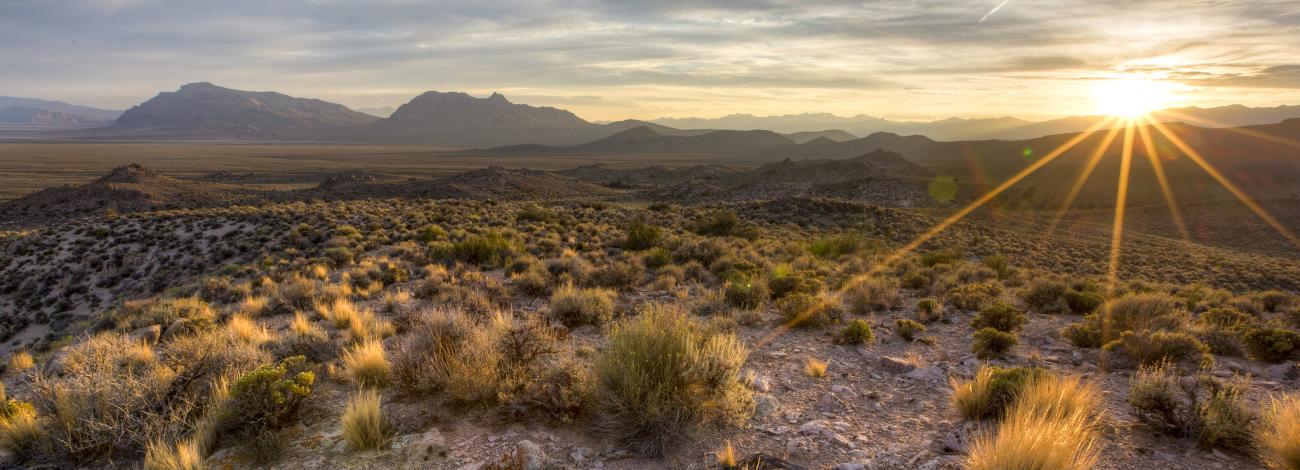
Conservation & Landscape Health Rule
The BLM is implementing regulations that will guide balanced management of America's public lands now and for the future.
The Conservation and Landscape Health Rule helps safeguard the health of our public lands for current and future generations by ensuring that we:
- protect clean water and wildlife habitat,
- restore lands and waters that need it, and
- make informed management decisions based on science, data and Indigenous knowledge.
The rule recognizes conservation as an essential component of public lands management, on equal footing with other multiple uses of these lands.
Americans rely on public lands to deliver food, energy, clean air and water, wildlife habitat, and places to recreate. The BLM knows the importance of balancing the use of our natural resources with protecting public lands and waters for future generations.
The rule will safeguard these lands and waters to protect our way of life.
It's up to us all to work together to pass along our public lands in as good or better condition than we find them.
We will continue working with partners and stakeholders to put the final rule into action.
The BLM is reviewing nominations for a Federal Advisory Committee to help inform implementation of the Rule.
The Committee will advise on outreach and engagement, best management practices, and the development and refinement of agency guidance to support implementation of the Rule across the country, to protect our best and healthiest lands and waters, restore those that need it, and make informed management and development decisions.
Policy & Implementation
Presentations on current policy guidance
Click on the title to access a PDF of the presentation. Links at the end of each line open the policy documents addressed in the presentation.
- Areas of Critical Environmental Concern | Manual Section-1613
- National Land Health Standards & Watershed Condition Assessment | IM 2024-037 : IM 2024-036
- Restoration Prioritization & Planning | IM 2024-035
- Restoration & Mitigation Leasing | IM 2024-038
Information Bulletin 2024-035 | Implementation Guidance
Information Bulletin 2024-048 | Land Use Planning Requirements
Instruction Memo 2024-035 | Restoration Prioritization & Planning
Instruction Memo 2024-036 | Watershed Condition Assessment
Instruction Memo 2024-037 | Land Health Standards
Instruction Memo 2024-038 | Restoration & Mitigation Leasing
Manual Section-1735 | Inventory & Monitoring of Ecological Resources
Manual Section-1613 | Areas of Critical Environmental Concern
